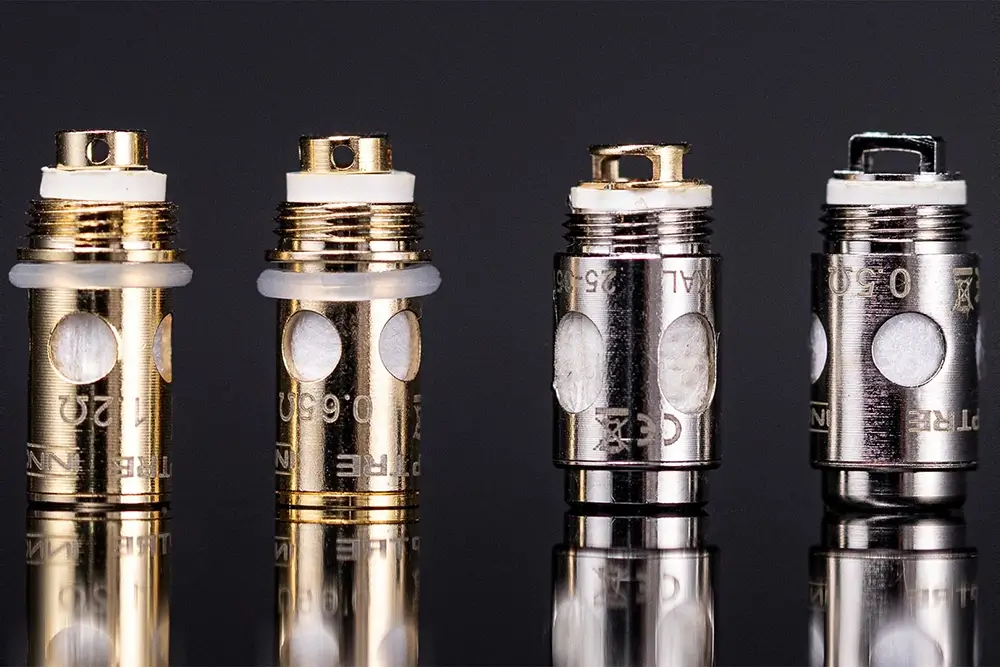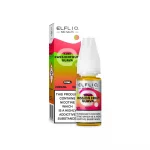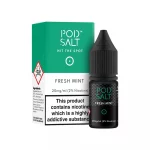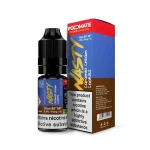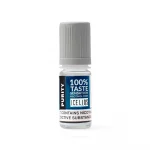Vape coils are the heart of your vaping experience, yet they often remain shrouded in mystery for many users. Whether you’re new to vaping or a seasoned enthusiast, understanding vape coils is crucial for achieving the perfect vape. In this comprehensive guide, we’ll delve deep into the world of vape coils, exploring their construction, materials, resistance, and more.
The Basics of Vape Coils
Before we dive into the specifics, let’s start with the basics. Vape coils are the heating elements responsible for vaporizing e-liquid into inhalable vapor. They typically consist of resistance wire wrapped around a wicking material, such as cotton. When power is applied from the battery, the coil heats up, causing the e-liquid soaked into the wick to vaporize.
Coil Materials
Vape coils are available in various materials, each offering unique properties that affect the vaping experience. Common coil materials include:
- Kanthal: Known for its durability and reliability, Kanthal coils are widely used in vaping due to their ability to withstand high temperatures.
- Stainless Steel: Stainless steel coils offer versatility, as they can be used in both wattage and temperature control modes. They provide clean flavor and rapid ramp-up times.
- Nickel (Ni200): Nickel coils are primarily used in temperature control vaping, where the resistance of the coil changes with temperature to prevent dry hits and burnt wicks.
Coil Resistance
Coil resistance, measured in ohms, plays a crucial role in determining your vaping experience. Lower resistance coils (sub-ohm) typically produce more vapor and flavor but require higher wattages and may drain your battery faster. Higher resistance coils (above-ohm) provide a cooler vape with less vapor production and are often preferred by mouth-to-lung vapers.
Choosing the Right Coil for Your Device
Selecting the right coil for your device depends on several factors, including your vaping preferences and the capabilities of your mod. Here are some considerations to keep in mind:
- Device Compatibility: Ensure that the coil is compatible with your specific vape device.
- Vaping Style: Consider whether you prefer direct-lung (DL) or mouth-to-lung (MTL) vaping, as this will influence the coil resistance and airflow settings.
- E-liquid Compatibility: Certain coil materials may be better suited for specific types of e-liquids. For example, temperature control coils are ideal for preventing dry hits with high-VG liquids.
Coil Maintenance
Proper coil maintenance is essential for maximizing their lifespan and ensuring a consistent vaping experience. Regularly cleaning your coils and replacing them when necessary can prevent issues such as burnt hits and off flavors. Additionally, priming new coils before use by saturating them with e-liquid helps prevent dry hits and extends their longevity.
Advanced Coil Building
For experienced vapers looking to take their vaping to the next level, coil building offers endless possibilities for customization. With the right tools and knowledge, you can create your own coils tailored to your preferences, experimenting with different wire types, gauges, and configurations.
Conclusion
Vape coils are a fundamental component of the vaping experience, and understanding how they work empowers you to make informed choices that enhance your enjoyment. By familiarizing yourself with coil materials, resistance, and maintenance techniques, you can unlock a world of possibilities and tailor your vaping experience to suit your preferences. Whether you’re a cloud chaser or flavor enthusiast, mastering the mysteries of vape coils opens up a realm of endless vaping adventures.

